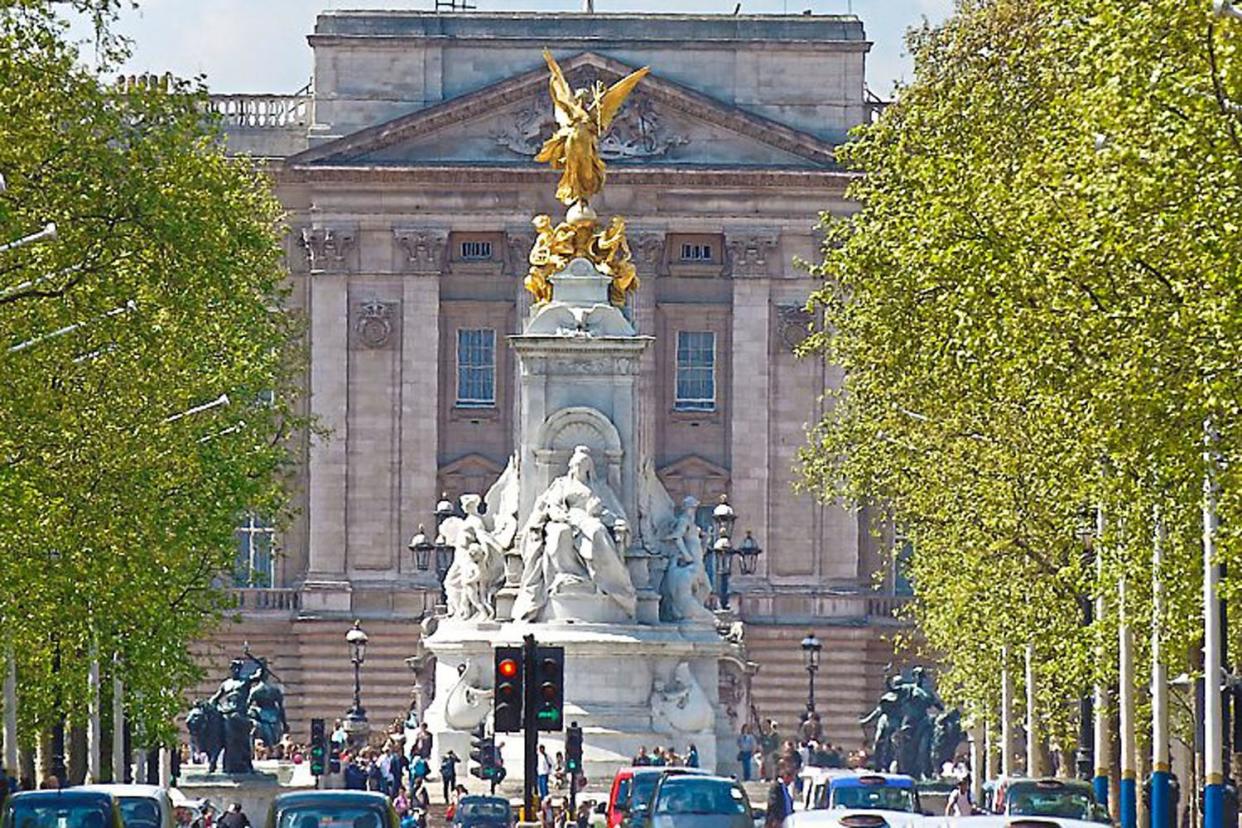Simon Jenkins: A palace for the people would be a fabulous gift to London

Good news. Prince Charles has let it be known that he has no intention of living in Buckingham Palace when he becomes king. He wants to go on living in Clarence House. Anyone who has seen inside the two buildings will entirely sympathise.
Charles’s intention is to turn the palace into a museum and headquarters for “monarchy plc”, and let the public roam the rest, when not needed for state occasions. Prince William is said to agree. The response of minor royals who squat in the attics is not reported.
This news suggests that the freeze that has blighted the royal enclave in central Westminster for the past century may at last be thawing. Buckingham Palace and its surroundings are a black hole in the centre of tourist London. Each day tens of thousands of visitors are herded down The Mall and around the Victoria memorial, to pretend to see the Changing of the Guard. They are greeted by safety barriers, brick walls, locked gates and impenetrable railings. It is Britain’s most fortified roundabout, as if the tourists rather than the royal family were penned in a zoo of paranoid security.
The Changing of the Guard is now so protected by armed police that the guardsmen look ludicrous, like actors on their way to work in fancy dress. London’s “homeland security” has now so capitulated to the terrorists that “guarding the monarch” borders on farce.
In theory, Buckingham Palace is the prime asset of London’s second biggest industry after finance, tourism. It is home to Europe’s most celebrated monarchy, and losing its residential status would undoubtedly detract from that, if not much. It has state rooms that are spacious, luxuriant and appropriately palatial. Its art collection is stupendous. At present the commendably commercial palace managers do their best to play the market. For $100 you get an evening visit to the state rooms, champagne included. But the place is open just four months a year, when half a million people squeeze through.
Prince Charles is right. This building should be open all the time, including the Chinoiserie interiors “lifted” from Brighton Pavilion by Queen Victoria and inaccessible in the front wing. The building has 775 rooms. If the much smaller White House can handle visitors with the President actually in residence, Buckingham Palace can surely cope.
The paintings in the picture gallery belong to the head of state and are rarely viewable in the separate Queen’s Gallery. They should be accessible to all. The kitchens and servants’ quarters should also be visitable, now as popular in country houses as more formal rooms. And why is the most truly historic royal palace in London, St James’s Palace, not also open to the public? It is throwing money down the drain.
Buckingham Palace needs £370 million for its refurbishment. A group of MPs recently protested against this sum, at the same time demanding a staggering £6 billion for their own palace. Monarchy clearly comes cheaper than democracy. Entry fees to Buckingham Palace could pay for the restoration inside a decade, and relieve the royal budget of endless rows about the “cost of royalty”. Monarchy plc should be a profitable enterprise.
There is nothing special about London’s royal quarter. Hardly anyone lives in or near St James’s Palace. Lancaster House is used for Foreign Office meetings. Marlborough House contains the old Commonwealth secretariat, which could be anywhere. In any other capital, these buildings would be ablaze with activity and accessible to the public. Holyrood Palace in Edinburgh — no less “royal” — is open most of the time.
The golden opportunity of Prince Charles’s decision lies not just in the houses but in their gardens. In 2010 Charles staged a charity public opening of the sequence of gardens that stretch behind the walls lining The Mall, belonging to Lancaster House, St James’s Palace, Clarence House and Marlborough House. It was a sensational event. I was torn between delight at seeing these intimate spaces and dismay at what is notionally “public” being closed, invisible and used by no one. The Kremlin is liberty hall in comparison. Open them.
During the Jubilee of 2002, a lucky few were able to penetrate the grounds of Buckingham Palace, to hear Aretha Franklin and Tom Jones. A few more get into the annual garden parties, which are like the Emirates Stadium before a big match. Otherwise they lie empty, so unused that they probably qualify as a nature reserve, undefiled except by the royal corgis. No conceivable harm would be done by opening them to the public from Green Park next door, perhaps with a garden bridge over Constitution Hill, a delightful contrast of open park with secluded semi-woodland.
Prince Charles is known for taking a radical approach to convention. He loves historic buildings and is a master of gardens, flowers and trees. He knows what he is doing. A change in the status of Buckingham Palace and its surrounding royal estate would be a breath of fresh air in the heart of the capital. To celebrate his accession — and God Save the Queen — it would be a gift to London’s citizens and its visitors, a new page turned, a new monarchy. Go for it.

 Yahoo News
Yahoo News 
